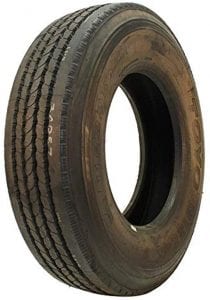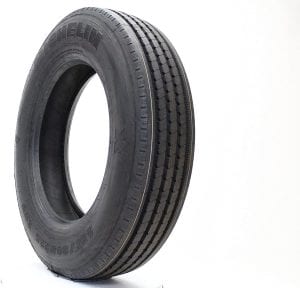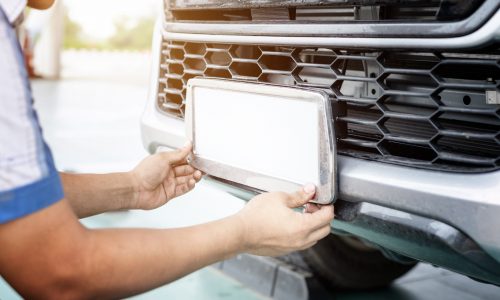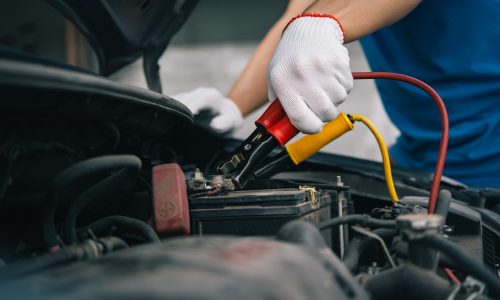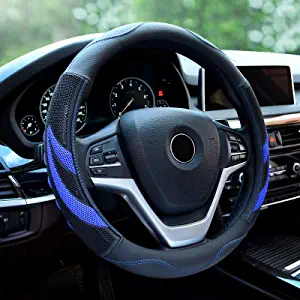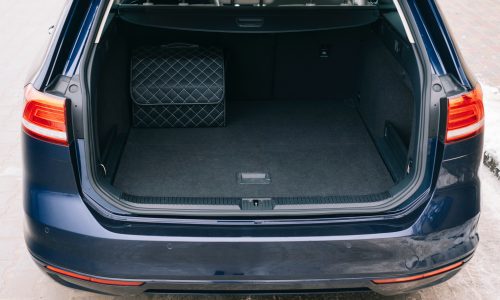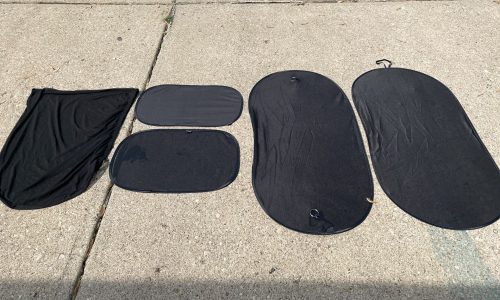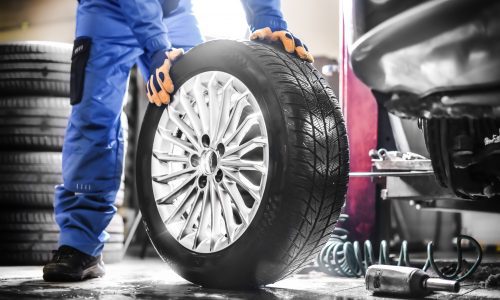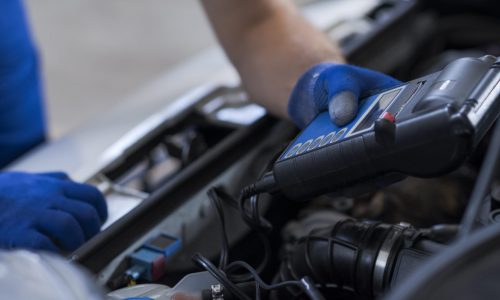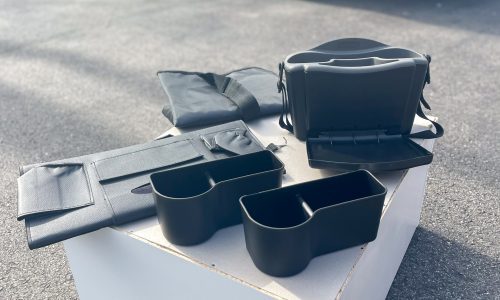The Best RV Tires
Check out the best-selling automotive products on Amazon.com
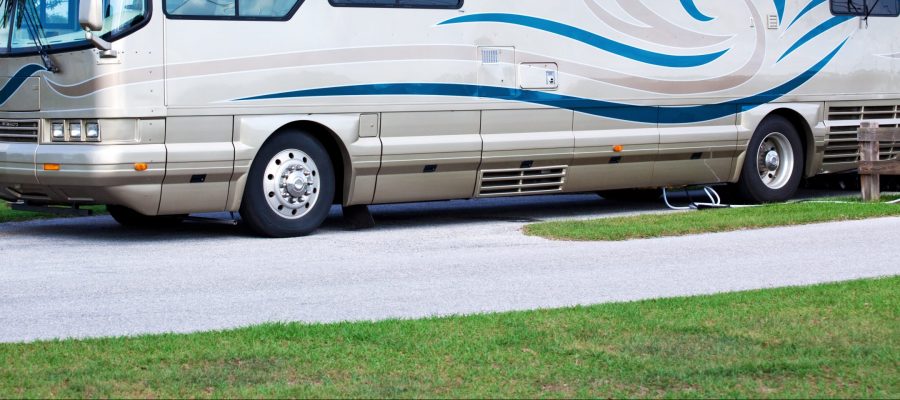
Our Review Process
Don't Waste Your Money is focused on helping you make the best purchasing decision. Our team of experts spends hundreds of hours analyzing, testing, and researching products so you don't have to. Learn more.
Our Picks For The Top RV Tires
These RV tires are rated for a load capacity of 5,000 pounds. The rim size is 22 inches and the tire diameter is 36.6 inches. The load index rating is 140.
5,000-Pound Load CapacityThese RV tires have a load capacity of 5,000 pounds.
These RV tires are rated for a load capacity of 5,205 pounds. The rim size is 22 inches and the tire diameter is 38.24 inches. The load index rating is 135.
5,205-Pound Load CapacityThese RV tires have a load capacity of 5,205 pounds.
Buying Guide
There is nothing quite like the RV life. Getting away and exploring a new place is as easy as driving there, because just about everything you need is already in your vehicle. From taking the kids on a cross-country road trip during the summer holidays to going camping in a national park over a long weekend, RVs making traveling, exploring and wandering more fun.
Maintaining an RV properly is critical to ensuring the safety of your family and everyone else on the road. One of the most important elements to maintain are the RV’s tires. However, getting RV tires is not quite the same as getting car tires, as there are a lot of additional things you need to consider.
When looking for RV tires, the first element to research is the type of tires you will need. Special trailer (ST) tires are designed specifically for RVs. This means they can fully handle the additional weight of the vehicle because they have a stronger sidewall than regular car or truck tires. Light truck (LT) tires are made for class A, B and C rigs. If you have a larger or heavy-duty RV, it’s is likely that these kinds of tires won’t hold up to the job.
Another option is radial tires, which have steel belts at 90-degree angles. This makes the sidewalls of the tires significantly more durable and provides more efficient fuel economy. These kinds of tires are best for those who like to take long road trips or use their RV on a more frequent basis. While they can be costly, these tires have a long life.
Bias tires have nylon belts that run at 30- or 45-degree angles. This means that the sidewalls are strong and can handle heavy weight loads, more so than radial tires. However, they are less flexible, which also reduces their lifespan. These tires are ideal for very heavy RVs. Just keep in mind that they will need to be replaced every 12,000 miles.
Regardless of what kind of tire you get, be sure to consider the weight rating. The weight rating of the tires needs to be able to accommodate the weight of the RV and all of the cargo inside it. If not, the tires will wear out more quickly and will need to be replaced. Another risk of not getting the right weight rating is that the tires can blow out, which is especially dangerous while on the road.
What to Look For
- Not quite sure when you need to buy new tires? Aside from the obvious sign of having a flat or damaged tire, look for cracking along the sidewalls of the tire. This is a major sign that it is time for new tires. Keep in mind that if one of the tires is cracking, and the rest of the tires are the same age, it’s likely they will begin cracking soon, too.
- If you bought a used RV, keep in mind that the tires may not be the same age as the RV. To find out the age of the tires, look for a four-digit DOT number on the tire’s sidewall. The last two digits are the year that tire was made, and the first two digits are the week of that year. For example, 2519 means that the tires were made in the 25th week of 2019. Most RV tires will need to be replaced every five years or so.
- Be sure to check the tread wear in your tires every two to three months, or more frequently if you travel often. A good test is to use a penny and fit it into the tread. If the penny can stand up in the tread, then your tires are still good. If not, it means the tread is too worn out and you should change your tires.
- When it comes to tire traction, it all depends on where you plan on traveling. For example, are you going to be driving on the highway or on back roads? Will you need to drive on long, straight roads or thin, curvy roads? Will you be facing inclement weather such as snow and ice? Understanding the answers to these questions will help you determine the type of tread you need for your RV tires.
- If you have extra RV tires, it’s important to store them properly. RV tires should be kept in a dry and cool place indoors. Ensure they are not in direct sunlight or in air currents. Affordable tire covers are a great way to protect your tires while in storage and keep them safe them from bad weather, heat and cold.
More to Explore
One of the best ways to protect your RV tires and reduce the chances of getting a tire blowout is to distribute weight evenly inside the RV. If your cargo is not balanced throughout the RV, then you could have too much weight over one side or one tire, leading to a blowout. When you load the camper, consider where heavier items like your generator or batteries are. The kitchen is also typically heavier than other items. As a result, you cannot load too much cargo on the same side as these heavy items. It’s best to distribute the weight evenly on all sides and front and back.
In addition to distributing weight evenly, you can avoid getting a blowout by using the right tires for your rig. Always follow the recommended weight rating guidelines and ensure they match up to the weight of your RV and the cargo inside.

